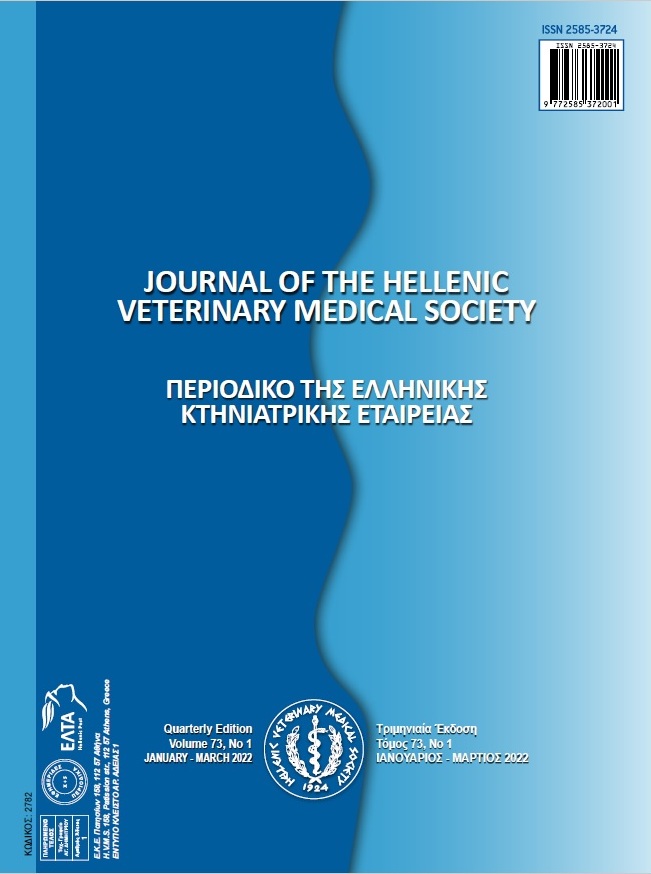Equine arteritis virus seroprevalence and risk factors in horses in the inner Aegean and Central Anatolia regions of Turkey

Abstract
Equine viral arteritis (EVA) is one of the most important respiratory and reproductive diseases of horses. This study aimed to investigate the seroprevalence of equine arteritis virus (EAV) infection and risk factors associated with seropositivity in clinically normal horses (n=262) in the inner Aegean region and Central Anatolia region of Turkey. This cross-sectional study was conducted by collecting sera samples (n = 262) from ambling horses raised in small family-type enterprises (n=65) during the months of February 2014 and February 2017. Epidemiological data were obtained from animal owners during blood sampling. An indirect enzyme-linked immunosorbent assay (ELISA) kit was used to detect specific antibodies against EAV in sera samples. Potential risk factors were determined by univariate logistic regression analysis. According to the test results, 8.40% (95% CI:5.61-12.39) seropositivity was detected in horses. While seropositivity rates by age were 2.47% in animals under 4 years of age, they were determined to be 11.05% in animals aged over 4 years (p=0.02). There was a statistically significant correlation between age, participation in races and festivals, precautions taken against rodents and insects at enterprises and EAV infection seropositivity (p<0.05). The findings obtained from this study are important in terms of informing breeders about the presence of this infection, taking infection-related biosecurity measures, and fighting the disease.
Article Details
- How to Cite
-
Ince, O. B., & Sevik, M. (2022). Equine arteritis virus seroprevalence and risk factors in horses in the inner Aegean and Central Anatolia regions of Turkey. Journal of the Hellenic Veterinary Medical Society, 73(2), 4159–4164. https://doi.org/10.12681/jhvms.26849
- Issue
- Vol. 73 No. 2 (2022)
- Section
- Research Articles

This work is licensed under a Creative Commons Attribution-NonCommercial 4.0 International License.
Authors who publish with this journal agree to the following terms:
· Authors retain copyright and grant the journal right of first publication with the work simultaneously licensed under a Creative Commons Attribution Non-Commercial License that allows others to share the work with an acknowledgement of the work's authorship and initial publication in this journal.
· Authors are able to enter into separate, additional contractual arrangements for the non-exclusive distribution of the journal's published version of the work (e.g. post it to an institutional repository or publish it in a book), with an acknowledgement of its initial publication in this journal.
· Authors are permitted and encouraged to post their work online (preferably in institutional repositories or on their website) prior to and during the submission process, as it can lead to productive exchanges, as well as earlier and greater citation of published work.



